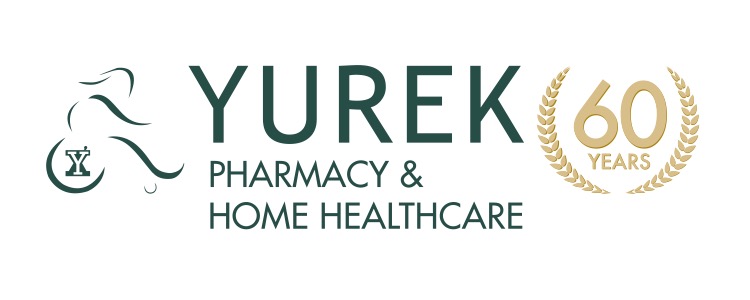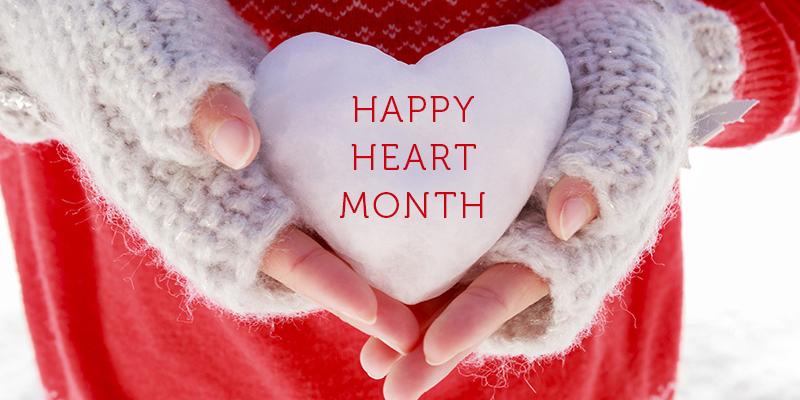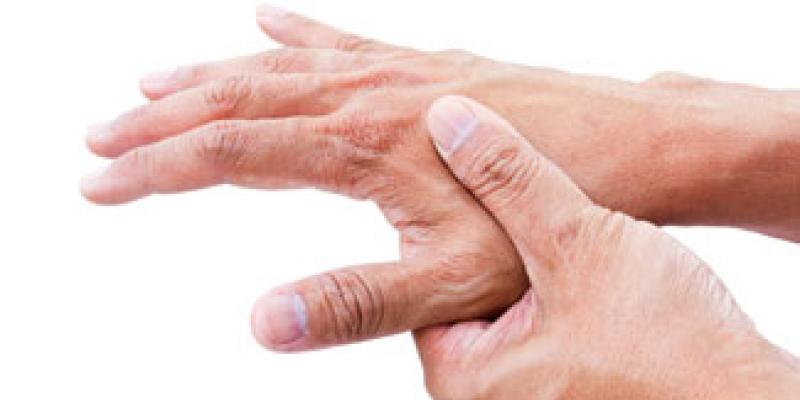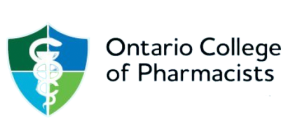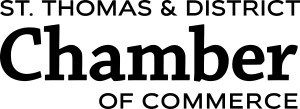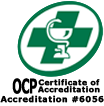It’s strange; I looked back through the columns I’ve written over the past four years and one disease that I overlooked was hypertension or high blood pressure. Considering it affects 17.7% or almost 1/5 of Canadians over 12, this is quite an oversight. May 17th has been designated World Hypertension Day and this year marks its 12th anniversary.
Blood pressure is the pressure in the blood vessels, similar to the pressure in your tires. It is reported as a pairing of numbers e.g. 120/80, which means 120 over 80. The top number is the systolic number and is the pressure when the heart squeezes to pump blood or the highest blood pressure in the vessels. The second number is the diastolic number and represents the pressure when the heart relaxes. (It’s the lowest blood pressure in your vessels).
Hypertension occurs when the pressure in your blood vessels is too high. Generally, pressures greater than 140/90 are considered too high for most of us. In some conditions such as diabetes, it is better to have even a lower blood pressure – i.e. not greater than 130/80. It is important to discuss with your doctor or nurse practitioner to know what your target is and what you can do to reach your goal.
Hypertension is considered a ‘silent’ disease since we cannot tell if our blood pressure is up without measuring it. Uncontrolled high blood pressure can lead to serious problems such as heart attack, stroke, dementia, kidney disease, eye problems and erectile dysfunction.
Some ways we can help to lower blood pressure are to exercise for 30-60 minutes per day, eat a healthy diet that is lower in sodium. If you are overweight, aim to lose 5-10% of your weight. If you drink alcohol, limit it to 1-2 glasses per day; and finally don’t smoke. These steps can help you reach your target but sometimes despite our best efforts our blood pressure remains elevated. You may be prescribed medication to lower your blood pressure. It is important to take the medication regularly to lower your risk. Take care of yourselves and each other.
